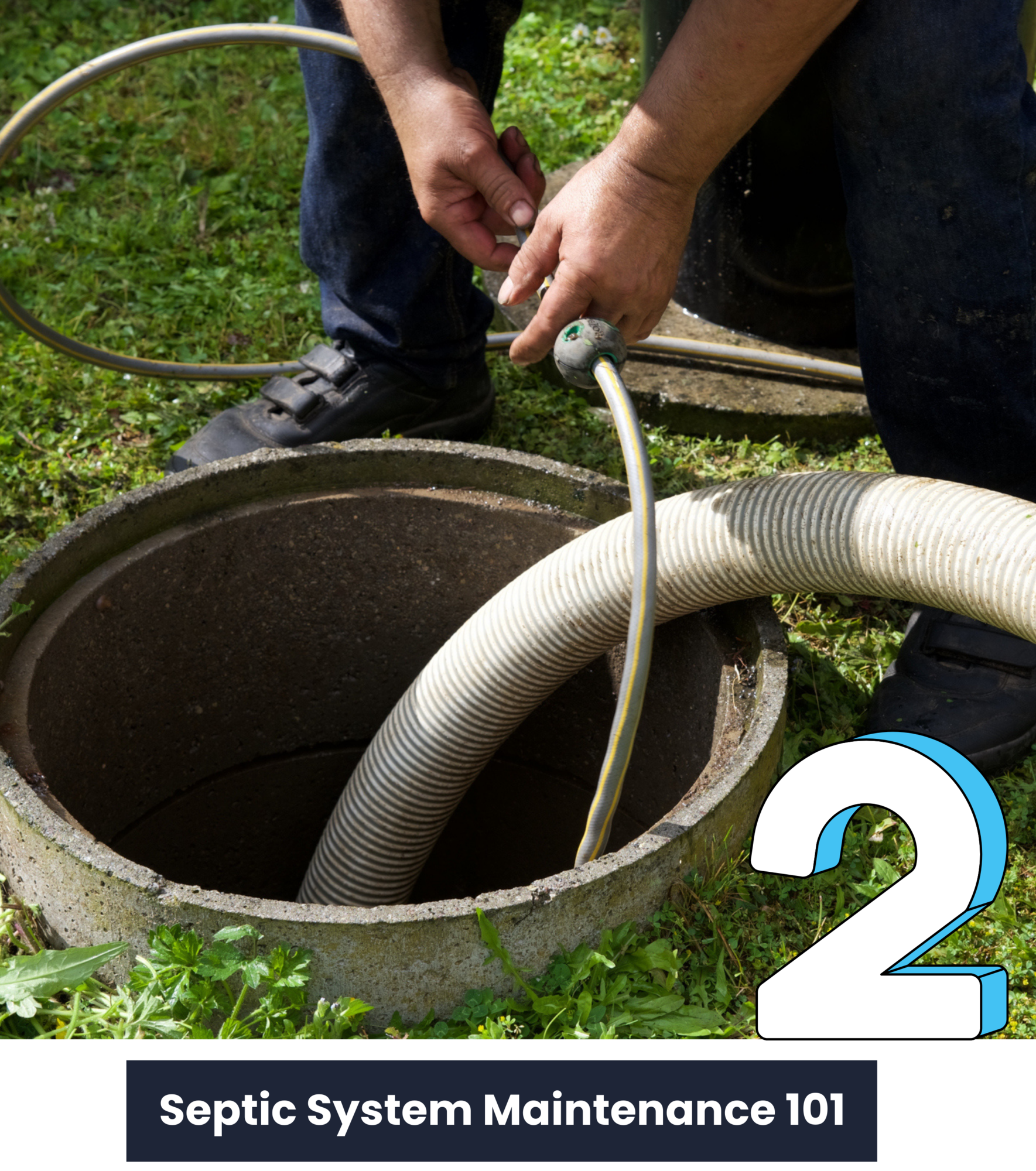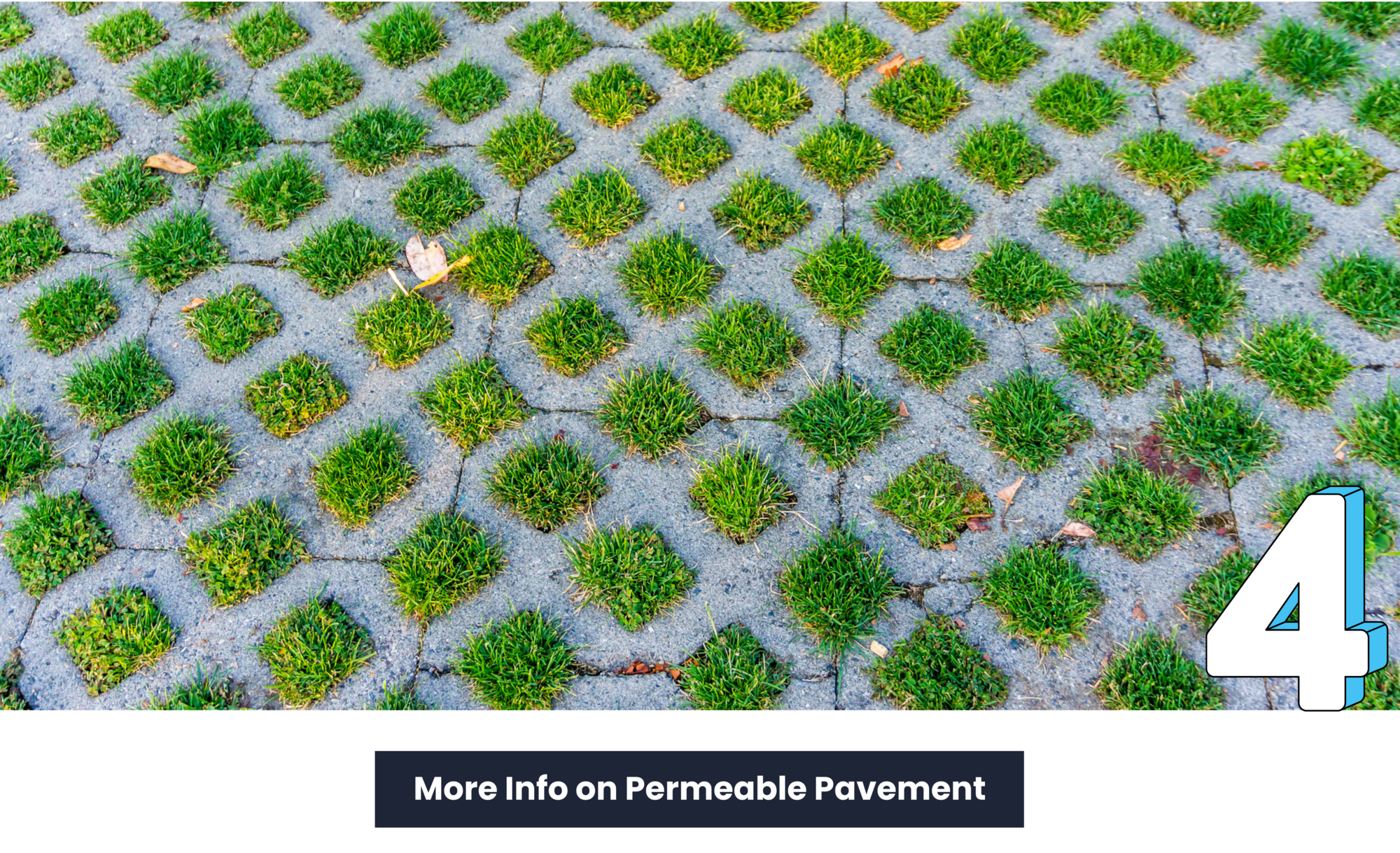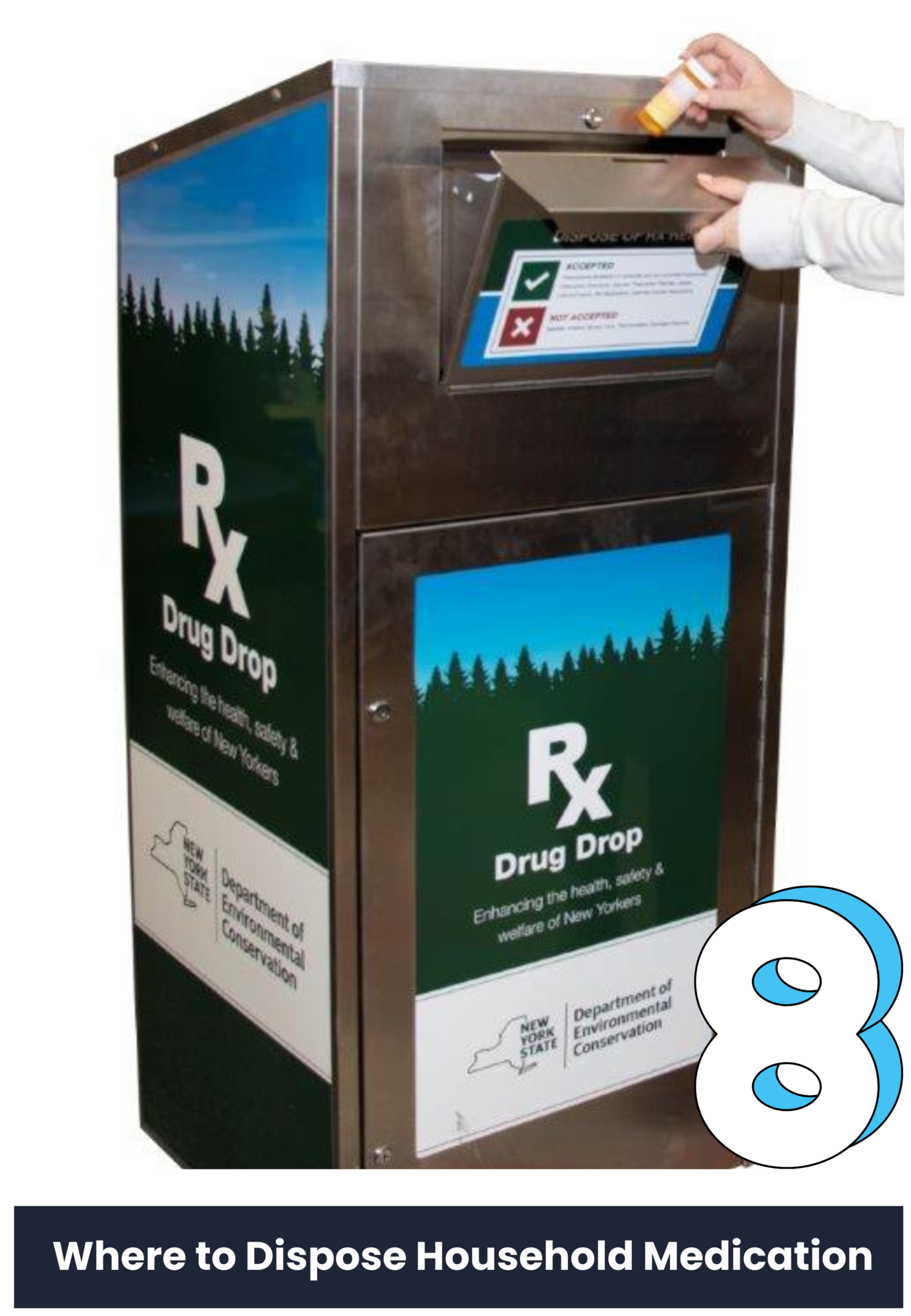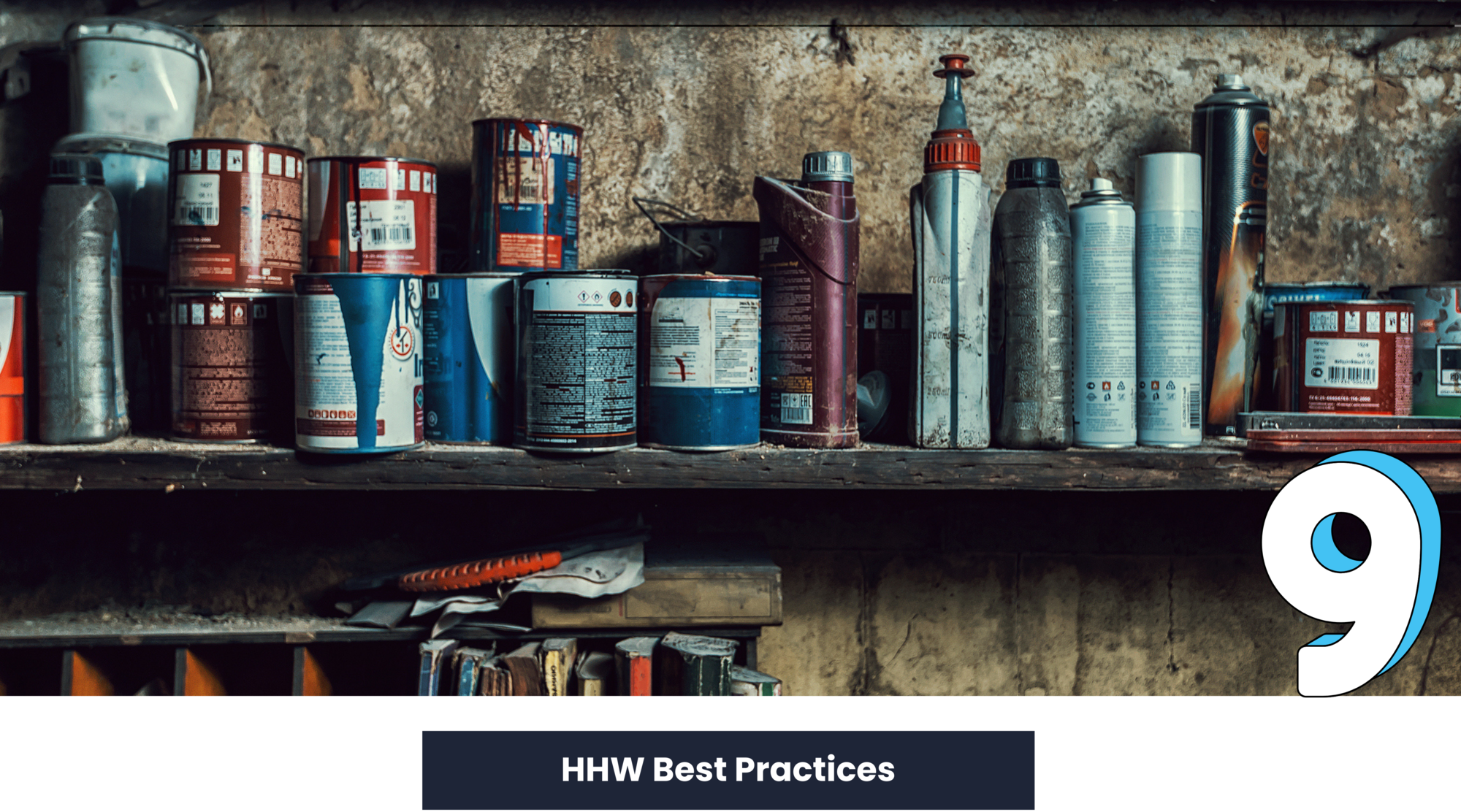DWSP2 - August 2022 Newsletter
The New York State Department of Environmental Conservation sent this bulletin on 08/24/2022 03:03 PM EDT |
| DEC Delivers - Information to keep you connected and informed from the NYS Department of Environmental Conservation |
| Share or view as a web page || Update preferences or unsubscribe |
Drinking Water Source Protection Program - August NewsletterThis issue's topics:
|
|
Your positive actions can help protect New York's drinking water and that is why the Drinking Water Source Protection Program (DWSP2) is celebrating National Water Quality Month! National Water Quality Month aims to highlight what we can do in our households and communities to ensure that everyone has access to safe, clean drinking water for future generations to come. This newsletter is filled with easy steps you can take to protect your local drinking water source. Click each image for even more information about what you can do! Properly Care for Your Lawn and GardenMaking small changes in how we care for our lawns and gardens can help to protect water resources. Leaves, grass clippings, animal waste, fertilizer, and eroded soil are all sources of nutrients. They can easily end up in nearby streams or lakes through stormwater runoff and can migrate into groundwater supplies in areas of porous soils. A waterbody needs a certain level of nutrients in it so there is a healthy amount of plants and algae. However, excess nutrients spur a high growth rate of plants and algae which in turn reduces the oxygen in the water for fish and other aquatic life and can cause harmful algal blooms (HABs) and fish kills. These blooms can produce elevated toxins and bacterial growth that can make people sick if they come into contact with polluted water, consume tainted fish or shellfish, or drink contaminated water. There are several actions you can take to stop this from happening: only apply fertilizer if your lawn or landscape plantings have a nutrient deficiency and apply the right amount at the correct time of year, leave grass clippings on your lawn to provide your lawn with natural fertilizer all season long, and reduce the amount of lawn close to the water (more on this below). Maintain Your Septic SystemMaintaining your septic system not only protects surface water bodies and groundwater, but also protects your health and your investment in your home. Poorly or untreated household wastewater can contaminate groundwater and waterways which poses a danger to drinking water and the environment. Typical pollutants found in household wastewater include chemicals, nutrients, and disease-causing bacteria and viruses. A properly designed, constructed, and maintained system can provide long term effective treatment of household wastewater which can protect water quality. Septic systems need to be inspected and pumped out every 3 – 5 years. This will remove solids and keep your system functioning effectively. The inspection will also let you know if your system is in need of any immediate or future repairs. Septic systems function in part by waste being broken down by bacteria, so never flush or pour chemicals into your septic tank. Harsh chemicals can kill these bacteria. Your septic’s drain field is a critical part of treating the home’s wastewater. Care for it by never parking vehicles on it or putting excess water down the drain or into your septic tank. Reduce Stormwater ImpactsStormwater running off rooftops, sidewalks, driveways, and streets washes pollutants into nearby streams. As if that weren't bad enough, as stormwater rushes over these hard- or impervious-surfaces, it picks up speed and force, causing local flooding and erosion. Impervious surfaces also keep rainwater and snowmelt from seeping into the soil and recharging groundwater aquifers. There are many actions you can take on your property to reduce the impacts of stormwater. For example, build a rain garden to temporarily capture stormwater and let it slowly soak into the ground. Install a rain barrel to catch the water from downspouts and rooftops and save it for use later. Lawns are only slightly better at absorbing precipitation than pavement. Reduce your lawn size and allow native plants to grow and soak up the stormwater. Each of these actions prevent runoff from your property and reduce impacts on water quality. Install Pervious PavementAs stated above, sidewalks, parking lots, roofs and streets are examples of impervious surfaces. These surfaces do not allow rain or snow melt to flow through and into the ground, increasing stormwater runoff which often carries a variety of pollutants into waterbodies. Alternatives to traditional pavement, which include pervious asphalt, pervious concrete, interlocking pavers, and plastic grid pavers, allow rain and snowmelt to seep through the surface down to underlying layers of soil and gravel. In addition to reducing the runoff, permeable pavements can help filter out pollutants that contribute to water pollution. Permeable pavements can also reduce the need for road salt and reduce construction costs for residential and commercial development by reducing the need for some conventional drainage features. Install a Native Vegetative BufferAdd a native vegetative buffer along a shoreline instead of mowing your lawn along the water’s edge. Planting and maintaining native vegetation such as trees, shrubs, and grasses along waterways creates a natural buffer that can filter out pollutants, control erosion and sediment runoff, and stabilize streambanks. Extensive root systems of native plants improve the ability of the soil to infiltrate water and to resist erosion. Not only will a native buffer protect water quality, but it can also save you time and money on lawn care. Take advantage of state programs that provide plants for a native vegetative buffer at little or no cost to you. Pick Up After Your PetEach time it rains, pet waste that owners have failed to pick up washes down storm drains and into streams, rivers, and lakes, leading to degradation of water quality. Pet waste contains bacteria and nutrients and as stated previously, excess nutrients spur a high rate of growth of plants and algae which can cause harmful algal blooms (HABs) and fish kills. These blooms can produce elevated toxins and bacterial growth that can make people sick if they come into contact with polluted water, consume tainted fish or shellfish, or drink contaminated water. In addition, pet waste can contain pathogens and cause disease. Keep poop out of the water by picking up your dog’s waste. Don’t forget to dispose of the waste properly: flush it down the toilet, bury it in your yard, or throw it in the trash. There are also businesses that will come to your home or community to remove your pet’s waste and properly dispose of it. Properly Care for Your Motor VehicleCaring for your vehicle at your home can save you time and money, but, if done improperly, has the potential to contribute directly to water pollution. Automobile chemicals and washes/waxes can have long term impacts on our environment and contaminant our drinking water. To prevent pollution from the care of your motor vehicle, make sure your vehicle is not leaking oil or other fluids onto your driveway or onto the road, wash your car at a commercial car wash or on the lawn, and take used antifreeze or motor oil to a service station or recycling center. Don't Flush Unwanted or Expired MedicationsSeptic systems and wastewater treatment facilities are not designed to breakdown many medications and they have been found in New York lakes, rivers, and streams. These medications can adversely affect aquatic life causing behavioral and physical changes. There are also real concerns about unused medications getting into the wrong hands: prescription drug abuse continues to be an epidemic in New York State. To prevent this from happening, explore your local options for properly disposing unwanted medication. Find a free collection bin near you using NYS’s online mapper, contact your municipality to see if they offer household pharmaceutical collections, or take advantage of National Prescription Drug Take-Back Day, a twice a year event that takes place every April and October.
Properly Store and Dispose of Household Hazardous WasteWhen household hazardous waste (HHW) is not disposed of properly it can have harmful impacts on the environment and our drinking water. Similarly to medications, not all HHW can breakdown in septic systems and wastewater treatment facilities causing pollutants to enter our waterways. Improper disposal of these wastes by dumping them down a drain, on the ground, or into storm sewer systems, can contaminate the soil, groundwater, or nearby surface waters. Common examples of HHW include oil-based paints, automotive fluids, home hobby chemicals, batteries, and cleaners. Always follow the directions on the label and store properly to avoid leaks or spills. Store hazardous products until they can be safely disposed of at a HHW collection facility. Find your local Hazardous Waste Collection Facility or check with your local government for upcoming HHW collection events. Support Local Clean Water Initiatives and GroupsTake an active role in protecting your drinking water source from contamination by getting involved in your community.
We can all do our part to keep our waterways clean! Share Your ThoughtsHave you begun this process? Or, do you have a program or are aware of a program relevant to source water? Send in any helpful hints or information at source.water@dec.ny.gov and we may highlight them! Sign UpTo sign-up for the DWSP2 newsletter, visit the DWSP2 webpage or click here. Newsletter ArchiveMissed last month's edition? Visit the DWSP2 Newsletter Archive to stay up to date. |











